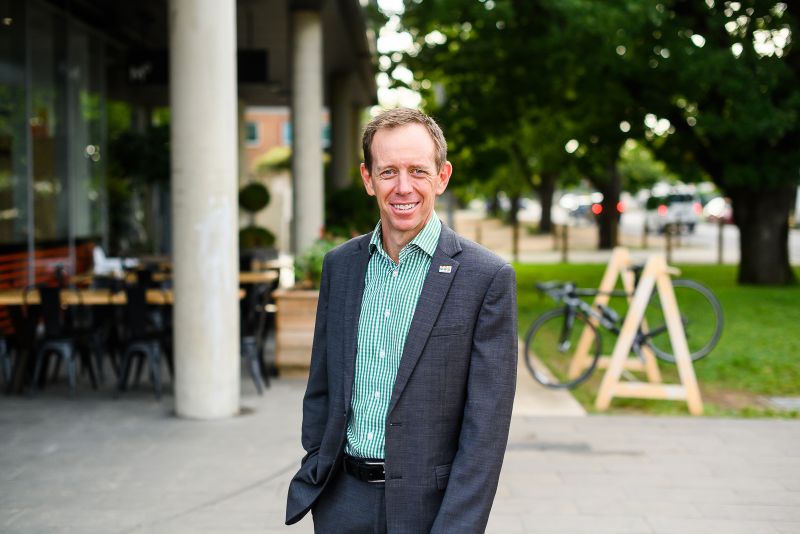Galambany Circle Sentencing Court benefits both the Indigenous community and the ACT as a whole, a new report has found.
Set up in 2004, Galambany (‘We all, including you’) aims to provide effective and restorative processes for Aboriginal and Torres Strait Islander defendants through community involvement in sentencing, as an alternative to the conventional Magistrates Court process.
Aboriginal and Torres Strait Islander Elders and other respected persons sit alongside the Magistrate in the circle sentencing court, helping manage each case in an inclusive and culturally appropriate way.
The Cost Benefit Analysis was released by the ACT Government at the end of National Reconciliation Week (31 May–4 June).
It states that the court “reduces some of the negative impacts Aboriginal and Torres Strait Islander people may experience from the ACT’s justice system”, and improves wellbeing, health, education, and economic outcomes for offenders.
“Galambany Court improves the quality of life and output of the ACT community, and is an excellent use of ACT resources,” the Analysis concluded.
The Circle also reduced pressure on government services like the courts, hospitals, foster care and emergency housing, ACT Attorney-General Shane Rattenbury said.
Every dollar used for the Circle benefited the community by more than three dollars, Mr Rattenbury said; Galambany was expected to save the justice system alone more than $5 million in the 10 years to 2026.
“When you look at that against how much this court costs to run, it’s clear Galambany Circle Sentencing Court is a positive investment for the ACT.”
The ACT’s Aboriginal incarceration rate increased 279% between 2009 and 2019, and Indigenous people are almost 19 times (crude rate) or 15 times (age-standardised rate) more likely to be imprisoned than non-Indigenous people, according to the Productivity Commission’s Report on Government Services 2020.
The ACT Greens promised at the last election to bring Indigenous incarceration rates in line with non-Indigenous rates by 2030.
“Only by listening to and working collaboratively together with First Nations communities, can we comprehensively address the troubling over-representation of Aboriginal and Torres Strait Islander people in the criminal justice system,” Mr Rattenbury said. “Galambany Court is one way we are working well together.”
For more news:



